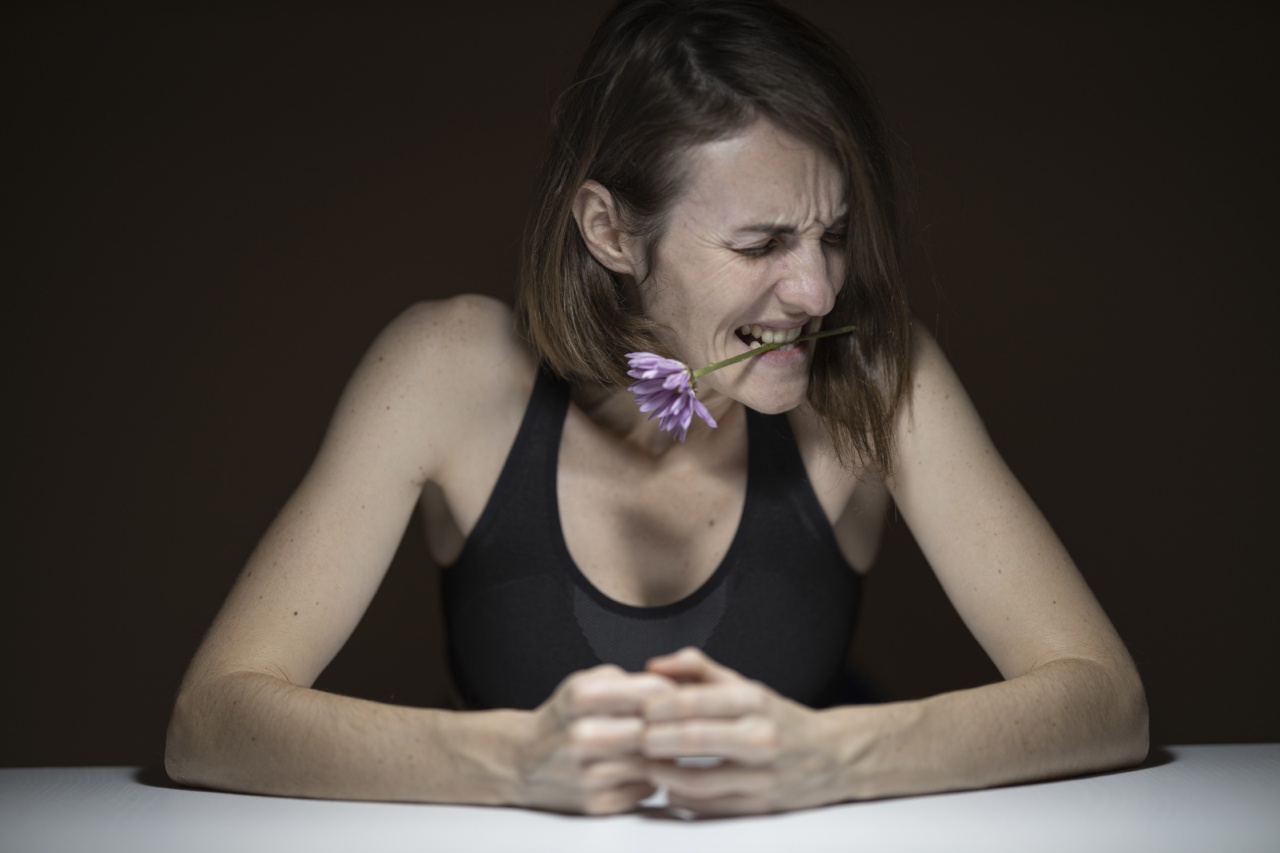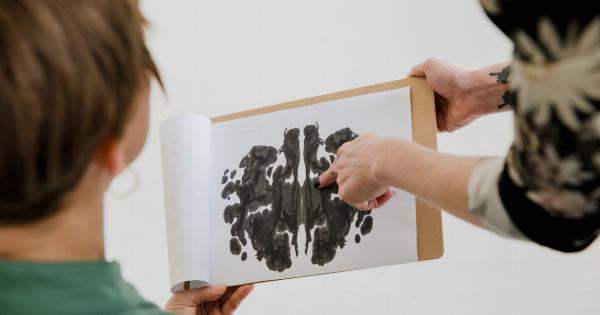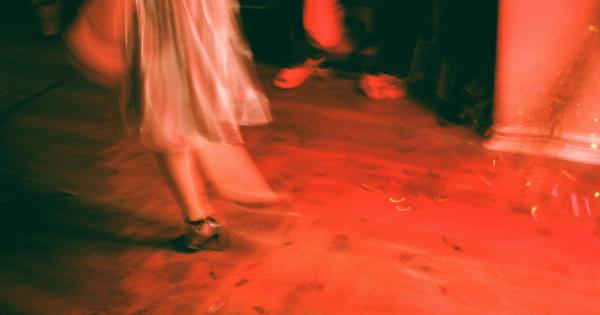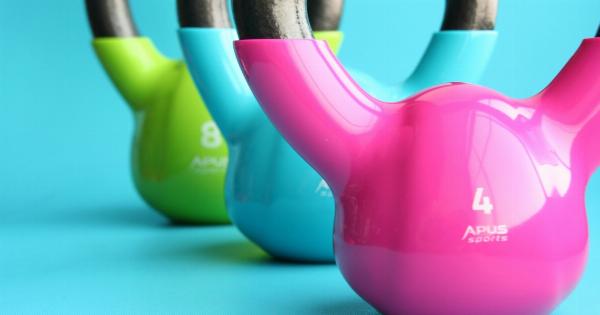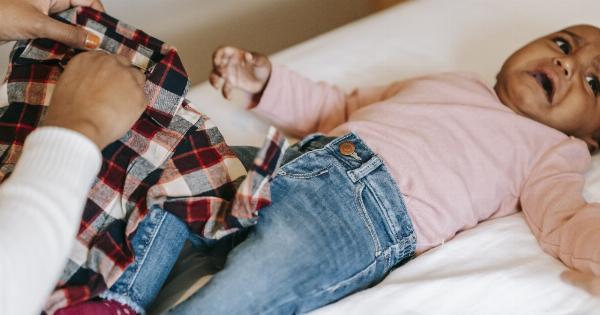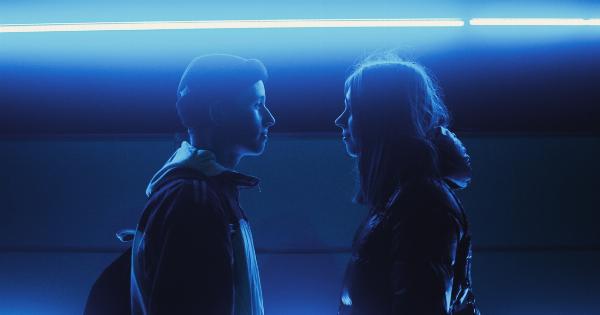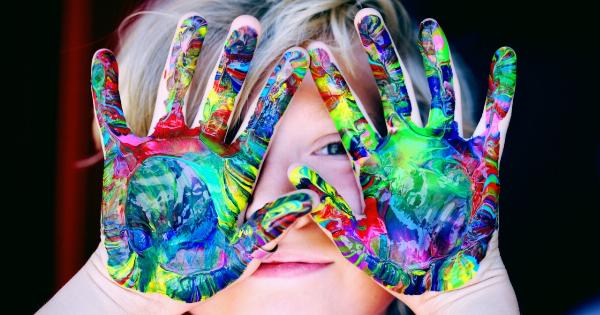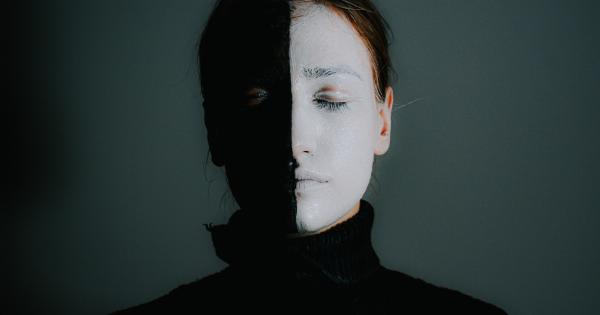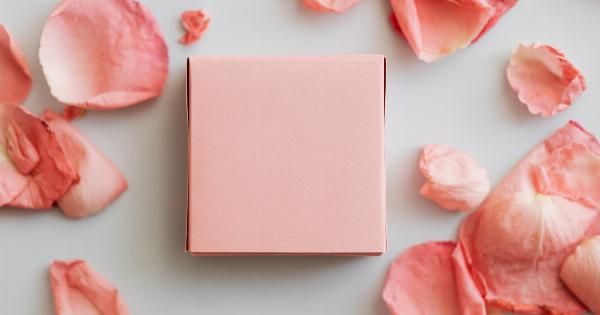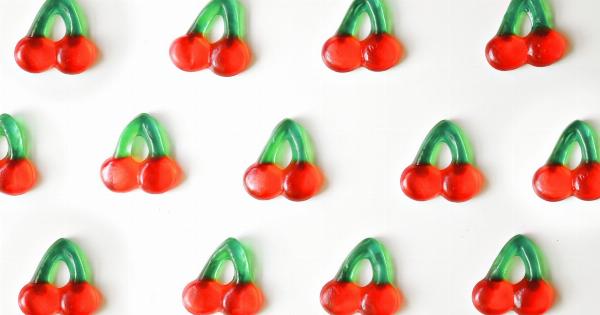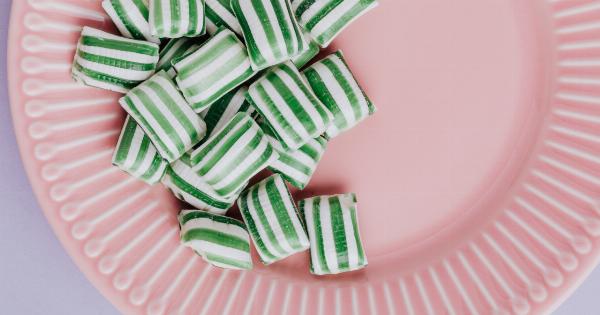Colors have always played a vital role in our lives. It is a fact that colors have the ability to manipulate our emotions. From the colors of our surroundings to the clothes we wear, every color has its significance and impact on our psyche.
The psychology of colors is a vast area of study, and it has been proven that colors influence our behavior, thoughts and emotions.
Red – The Color of Passion
Red is an intense color that evokes feelings of passion and excitement. It is associated with love, desire and energy. Wearing red clothing can make a person feel more confident, outgoing and powerful.
Red is also known to raise heart rate and blood pressure, making it the perfect color for romantic dates or adrenaline-pumping activities.
However, red can also have negative connotations. It can be seen as aggressive or confrontational and may evoke feelings of anger or danger. Therefore, it is important to use red wisely, depending on the situation and the desired effect.
Blue – The Color of Calmness
Blue is the color of serenity, calmness and peace. It is a popular color choice for offices, hospitals and other places where a relaxed atmosphere is required. Wearing blue clothing can make a person feel more tranquil and at ease.
It is also said to increase productivity and concentration.
However, too much blue can have a negative impact, leading to feelings of sadness and melancholy. It is important to find the right balance when using blue, so as to avoid a depressing effect.
Yellow – The Color of Happiness
Yellow is a bright and cheerful color that is associated with happiness, optimism and energy. It is often used to promote positivity and confidence.
Wearing yellow clothing can make a person feel cheerful and lively, and it can also stimulate the brain and enhance creativity.
However, yellow can also cause feelings of anxiety or instability, especially if it is too bright or too intense. It is important to use yellow in moderation and in a way that is appropriate for the context.
Green – The Color of Nature
Green is the color of nature and symbolizes growth, harmony and stability. It is a calming and refreshing color that is often used in healthcare and environmental settings.
Wearing green clothing can have a soothing effect and evoke feelings of balance and relaxation.
However, green can also be associated with envy or jealousy, and too much of it can be overwhelming. It is important to use green in a balanced and harmonious way, so as to achieve the desired effect.
Purple – The Color of Royalty
Purple is a color that is associated with royalty, luxury and sophistication. It is often used to convey a sense of elegance and style.
Wearing purple clothing can make a person feel regal and powerful, and it can also stimulate the imagination and creativity.
However, purple can sometimes be seen as artificial or unnatural, and it may not be appropriate in certain situations. It is important to use purple in a way that is appropriate and tasteful.
Black – The Color of Mystery
Black is a color that is associated with mystery, elegance and sophistication. It is often used to create a sense of drama and intensity.
Wearing black clothing can make a person feel powerful and stylish, and it can also convey a sense of professionalism and authority.
However, too much black can be overwhelming and depressing, and it may not be appropriate in certain situations. It is important to balance black with other colors and use it in a way that is appropriate for the context.
White – The Color of Purity
White is a color that is associated with purity, innocence and clarity. It is often used in healthcare and spiritual settings to create a sense of cleanliness and freshness.
Wearing white clothing can have a calming and refreshing effect, and it can also convey a sense of sophistication and elegance.
However, too much white can be overwhelming and sterile, and it may not be appropriate in certain situations. It is important to balance white with other colors and use it in a way that is appropriate for the context.
Pink – The Color of Romance
Pink is a color that is associated with romance, love and femininity. It is often used in advertising and marketing aimed at women.
Wearing pink clothing can make a person feel more romantic and loving, and it can also convey a sense of playfulness and fun.
However, too much pink can be overwhelming and cause feelings of childishness or immaturity. It is important to balance pink with other colors and use it in a way that is appropriate for the context.
Brown – The Color of Earth
Brown is a color that is associated with earth, nature and warmth. It is often used in fashion to create a sense of comfort and security. Wearing brown clothing can have a grounding effect and evoke feelings of stability and reliability.
However, brown can also be seen as dull or boring, and it may not be appropriate in certain situations. It is important to balance brown with other colors and use it in a way that is appropriate for the context.
Conclusion
The impact of clothing colors on our emotions is significant, and it is important to use this knowledge in our daily lives.
By being aware of the psychology of colors, we can choose the right colors for the right situations and achieve the desired effect. Whether we want to convey confidence, relaxation, sophistication or playfulness, there is a color that can help us do so.
